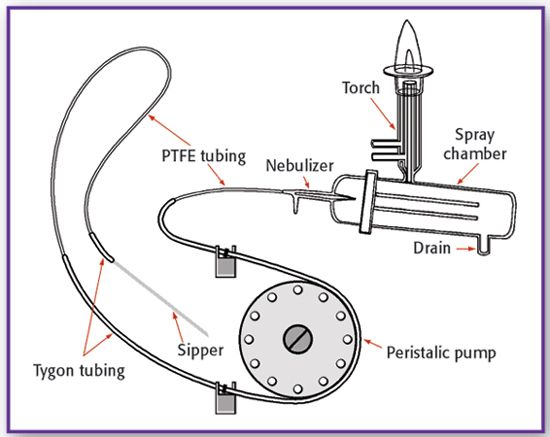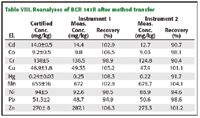The use of fertilizers is important to increase crop yields in soils that are being used for agricultural purposes. However, in order to maximize plant growth, it is also absolutely essential to know how the crops are using the nutrients in the soil. This process is commonly referred to as a fertility management program, where many soil samples are taken over a predefined area of the land and analyzed for various components such as pH, organic matter, and trace element nutrients. This article describes how a soil testing laboratory in the midwest has developed a method to analyze up to 3500 soil samples per day for 11 trace metals, using inductively coupled plasma–optical emission spectroscopy. It will focus on the soil sampling procedure together with the sample preparation requirements for this high workload environment. The instrumental analytical procedure will be described in greater detail, particularly how the measurement protocol and sampling process are optimized to cope with such extreme..






